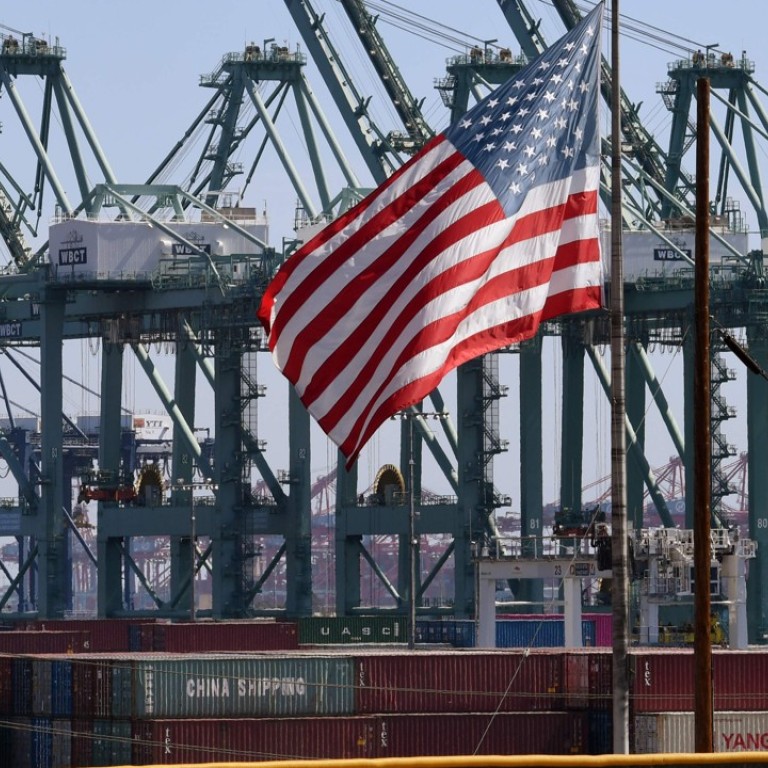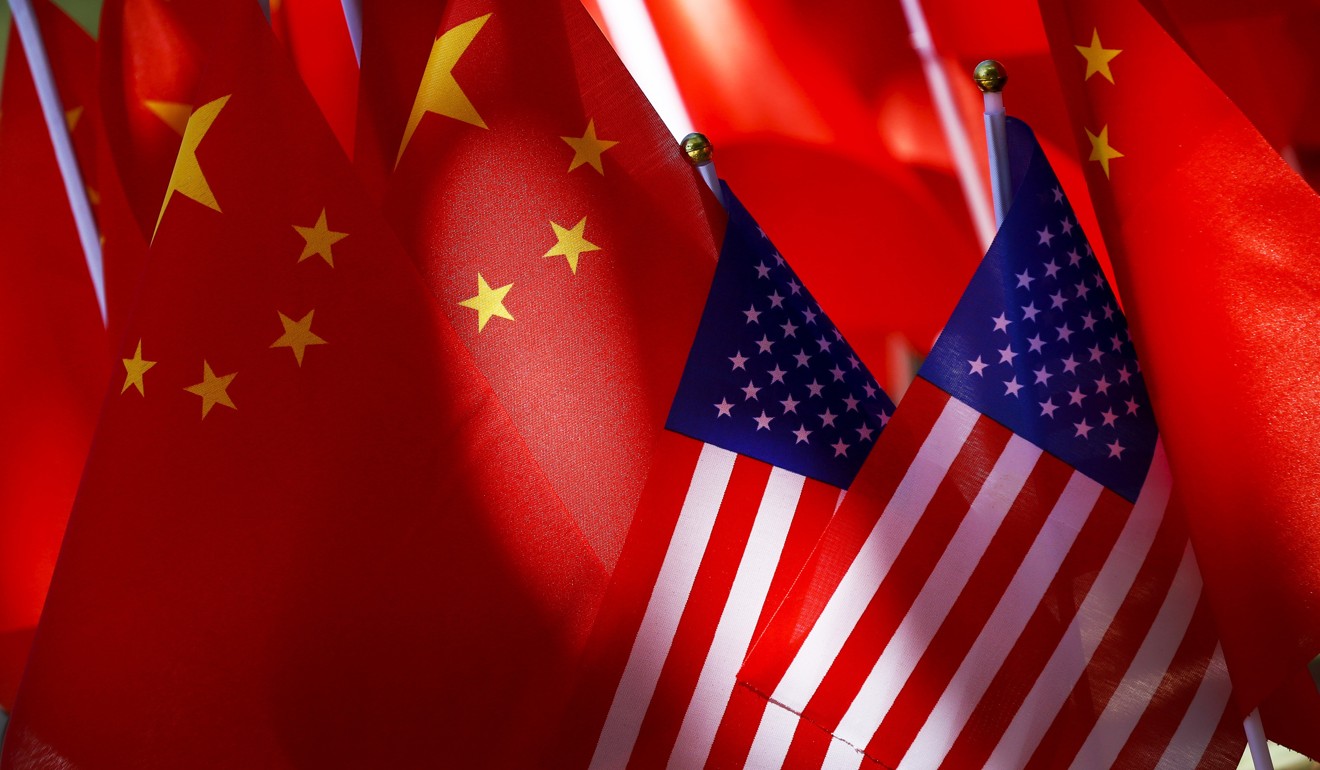
China sends written response to US trade war demands, Washington sources say
- US sources say it is not clear if China’s message contains concessions
- Trump calls for concrete proposals to address US demands
China has sent a written response to US demands for wide-ranging trade reforms, sources in Washington said on Wednesday, a move that could lead to negotiations to bring an end to a trade war between the world’s biggest economies.
US President Donald Trump has imposed tariffs on US$250 billion of Chinese imports in an effort to force concessions from Beijing on his list of demands that would change the terms of trade between the two countries. China has responded with import tariffs on goods from the US.
Trump is expected to meet Chinese President Xi Jinping at the G20 summit in Argentina at the end of the month.
The US president has repeatedly railed against Beijing over intellectual property theft, industrial subsidies, Chinese entry barriers to American businesses and the US trade deficit with China.
Three US government sources said that China had sent a response to US demands on those and other issues.
It was unclear if the response contained concessions that would satisfy Trump’s demands.
A US Treasury team discussed trade with their Chinese counterparts on Tuesday, a Treasury spokesman said on Wednesday.
Washington had said it would not start formal negotiations on trade until it saw concrete proposals from China to address its concerns.
The two sides have been far apart during their months-long tariff dispute, and a source briefed on China’s response said it reiterated commitments Xi has made in recent speeches, and demanded that the United States lift tariffs.
China’s latest financial data paints a bleak economic outlook amid trade war
Earlier this month, after a telephone conversation with Xi, Trump said he thought the United States would make a deal with China on trade but was ready to levy more tariffs on Chinese goods if no progress was made.
The tariff rate on US$200 billion worth of Chinese goods is set to increase to 25 per cent from 10 per cent on January 1. Trump has also threatened to impose tariffs on all remaining Chinese imports, about US$267 billion worth, if Beijing fails to address US demands.
Trade talks could hinge on whether tariffs rise in January.
US-China Business Council president Craig Allen said last week that he thought it was likely that China would withdraw from any process set at the G20 if the Trump administration went forward with raising the tariff rate.

On Tuesday, US Vice-President Mike Pence said Beijing needed to change its behaviour to avoid a new cold war.
In comments made before the Chinese response, Wu Baiyi, the director of the Institute of American Studies at the state-run Chinese Academy of Social Sciences, said that a January 1 tariff increase would imperil efforts to reverse trade tensions.
“This is one of the major goals that they [Chinese officials] are working hard on – to prevent those tariffs from coming into force early next year. But it will depend on both sides.”

